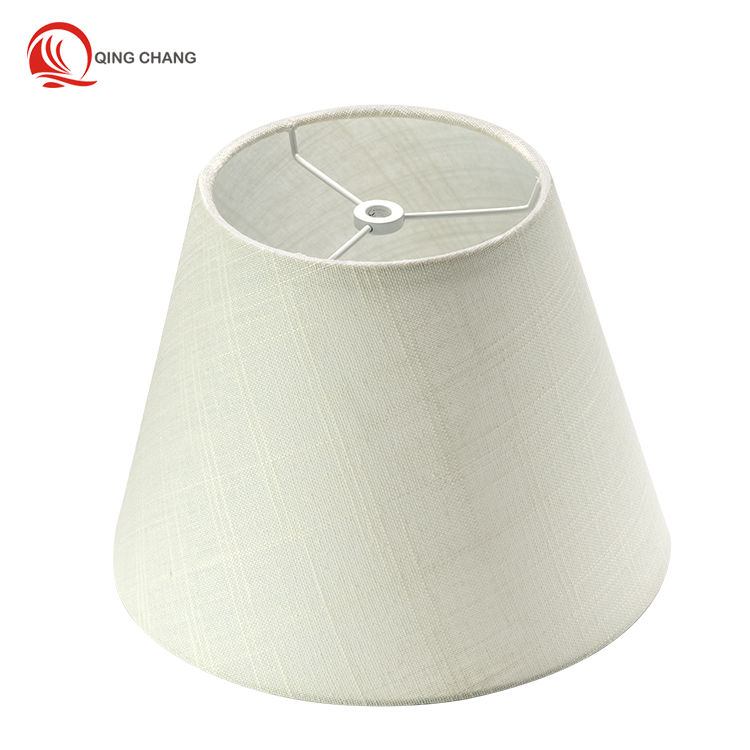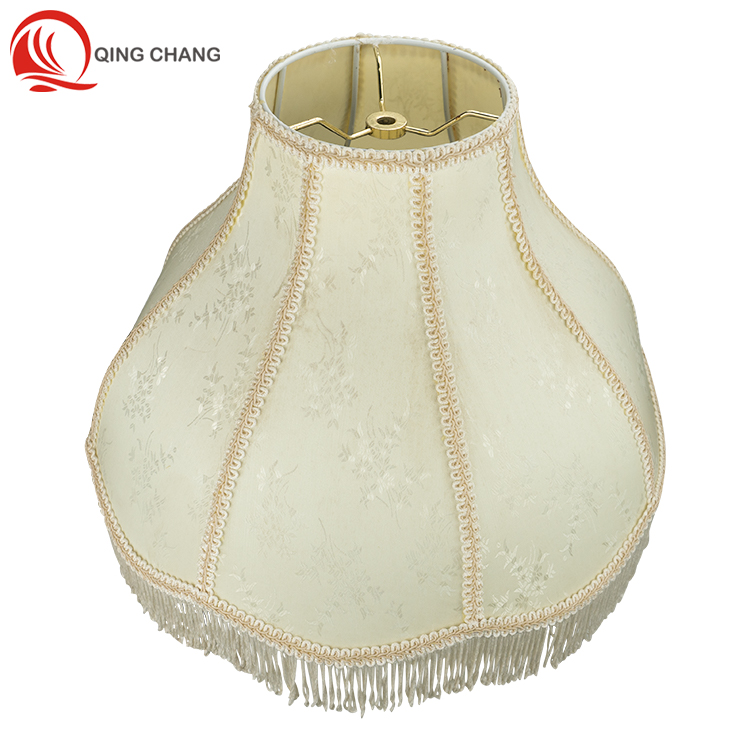Article Title: Lamp shade selection guide: Dimensions, installation techniques, and practical suggestions for pairing with lamp holders
Introduction: In interior decoration, lampshade is a key element, which not only provides lighting, but also plays a decorative and matching role. However, when choosing the appropriate lampshade, size selection, installation techniques, and pairing with the lampholder are all factors that need to be considered. This article will provide you with a practical purchasing guide to help you quickly choose the suitable lampshade.
1、 Size selection:
Height of lampshade: To ensure that the lampshade matches the lampholder, it is generally recommended that the height of the lampshade should be equal to two-thirds to three-quarters of the height of the lampholder. This can maintain overall balance and avoid the lampshade being too high or too low.
The diameter of the lampshade: The diameter of the lampshade should be moderate, neither loose enough to be out of proportion to the room, nor narrow enough to provide sufficient lighting. Generally speaking, the diameter of the lampshade should be equal to about half to twice the height of the lampholder.
Room size: Considering the size and sense of space of the room, it is also important to choose an appropriate lampshade size. A large-sized lampshade can provide a wider range of lighting, suitable for use in spacious spaces such as large living rooms or restaurants. On the contrary, small-sized lampshades are suitable for smaller areas such as bedrooms or study rooms.
2、 Installation tips:
Installation height: When installing the lampshade, it is necessary to ensure that it is at a moderate height from the ground. Generally speaking, the height of the bottom of the lampshade from the bed or desktop should be between 120 to 150 centimeters to ensure a good balance in lighting and visual effects.
Light source selection: Depending on the material and color of the lampshade, different light sources can create different atmospheres and effects. For example, using LED bulbs can generate brighter light, while incandescent bulbs can bring warm and soft light. Choosing a suitable light source can further highlight the design and decorative effect of the lampshade.
3、 Paired with lamp holder:
Lamp holder type: When selecting a lampshade, it is also important to consider the type of lamp holder. Different types of lamp holders have different fixing methods for lampshades, such as screw type, buckle type, or pin type. Ensure that the matching method of the selected lampshade and lampholder is consistent to ensure stable and safe installation.
Style matching: In order to achieve overall coordination and decorative effect, the style of the lampshade should match the style of the lampholder. For example, modern style lampholders can be paired with simple geometric or metallic lampshades, while retro style lampholders are suitable for matching lampshades with retro patterns and decorations.
Conclusion: When choosing a lampshade, size, installation techniques, and matching with the lampholder are all factors that need to be considered. A suitable size can maintain overall balance, installation techniques can ensure the stability and safety of the lampshade, and pairing with the lampholder can achieve consistency in the overall style. I hope the practical shopping guide provided in this article can help you quickly choose the right lampshade and add luster and personality to your home decoration.
Ready to Start Your Lighting Parts Project?
Post time: Sep-16-2023







